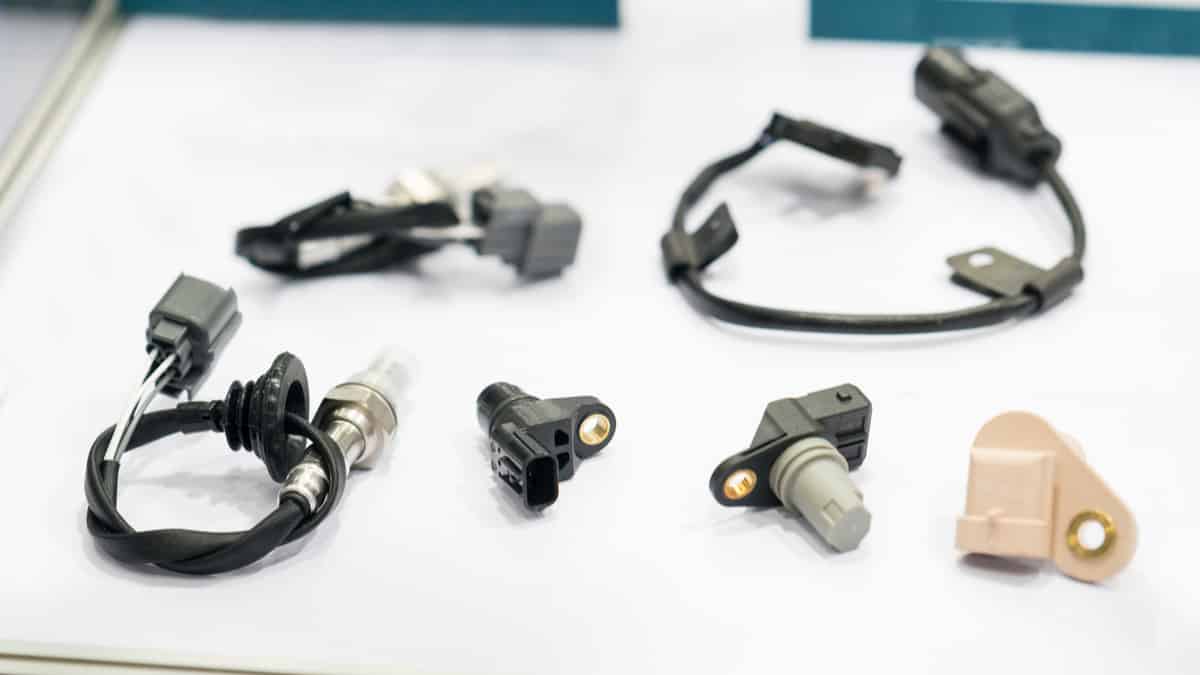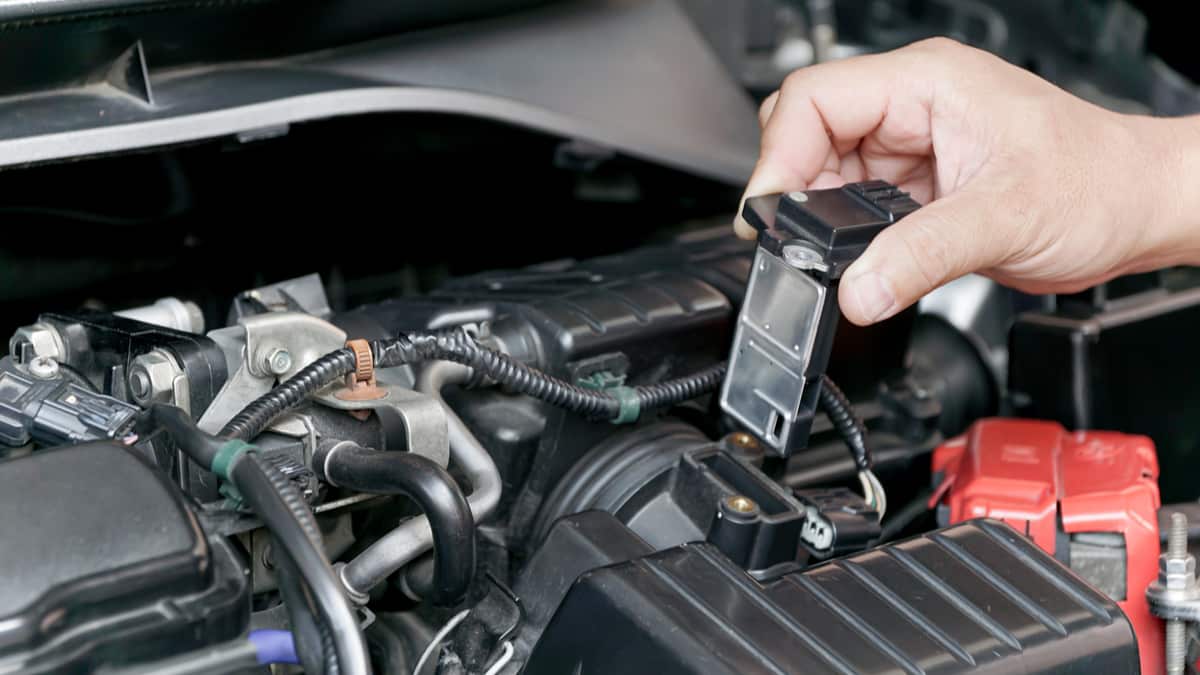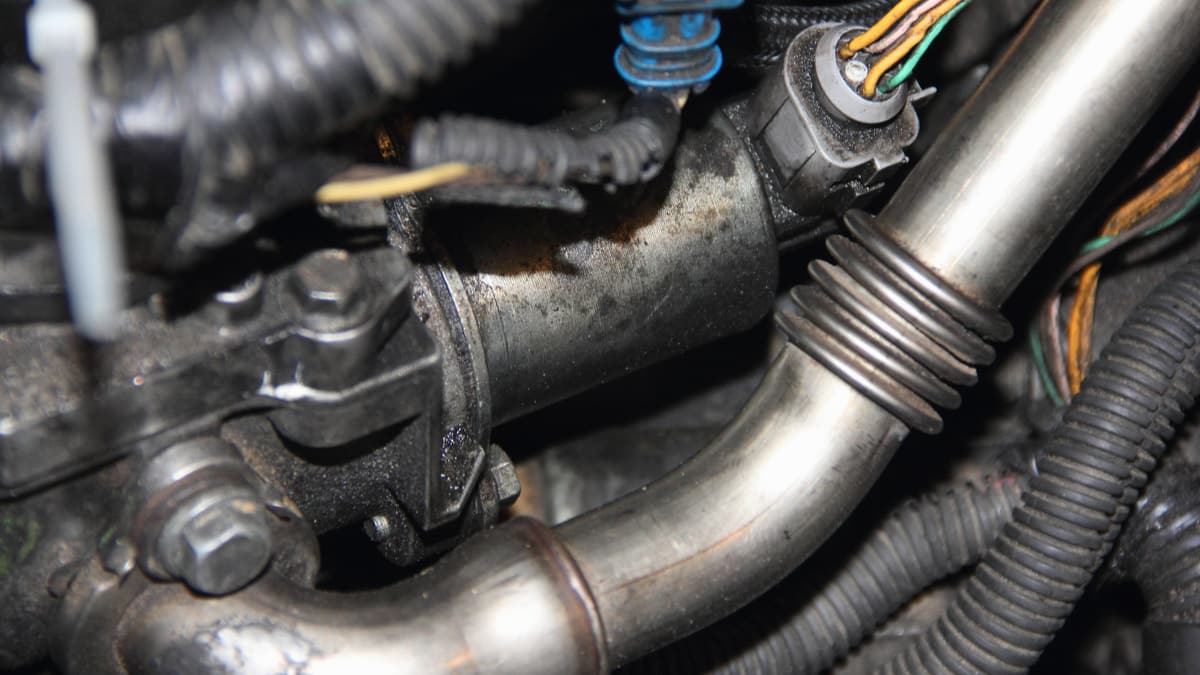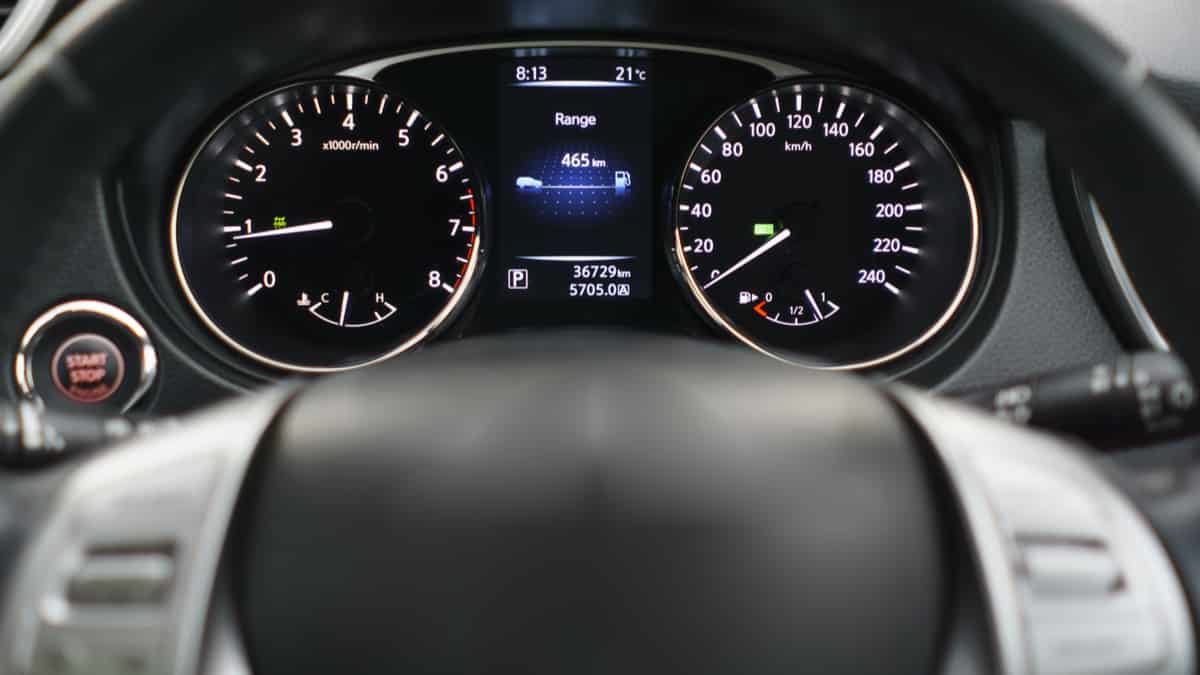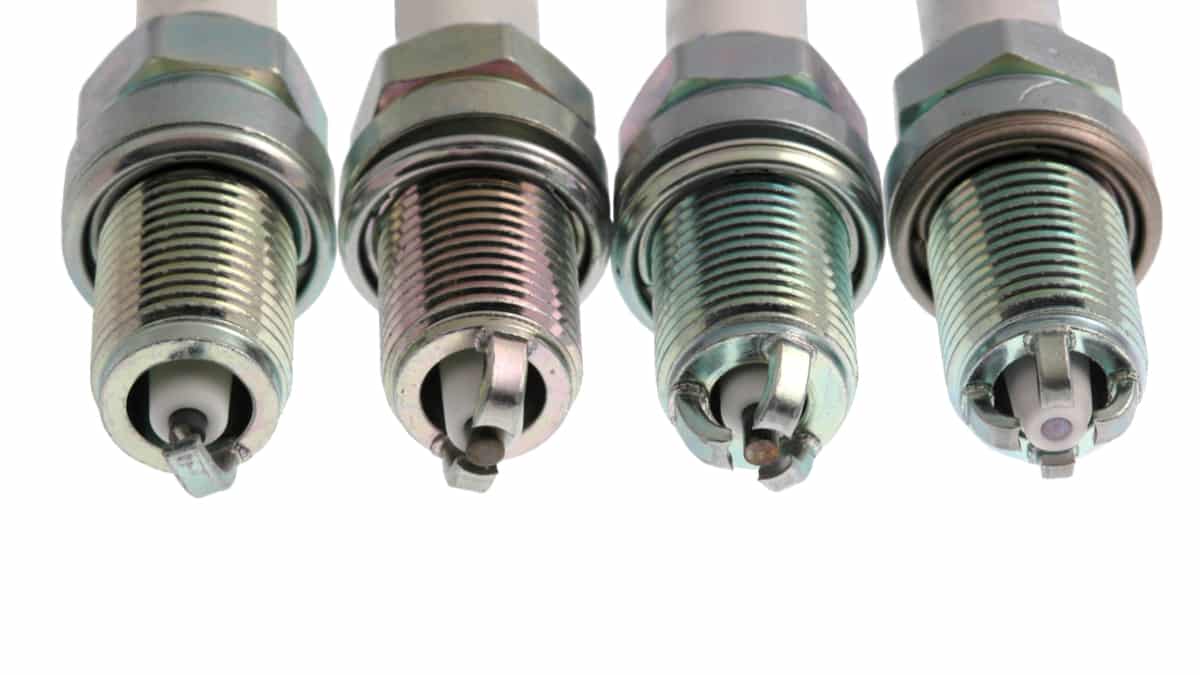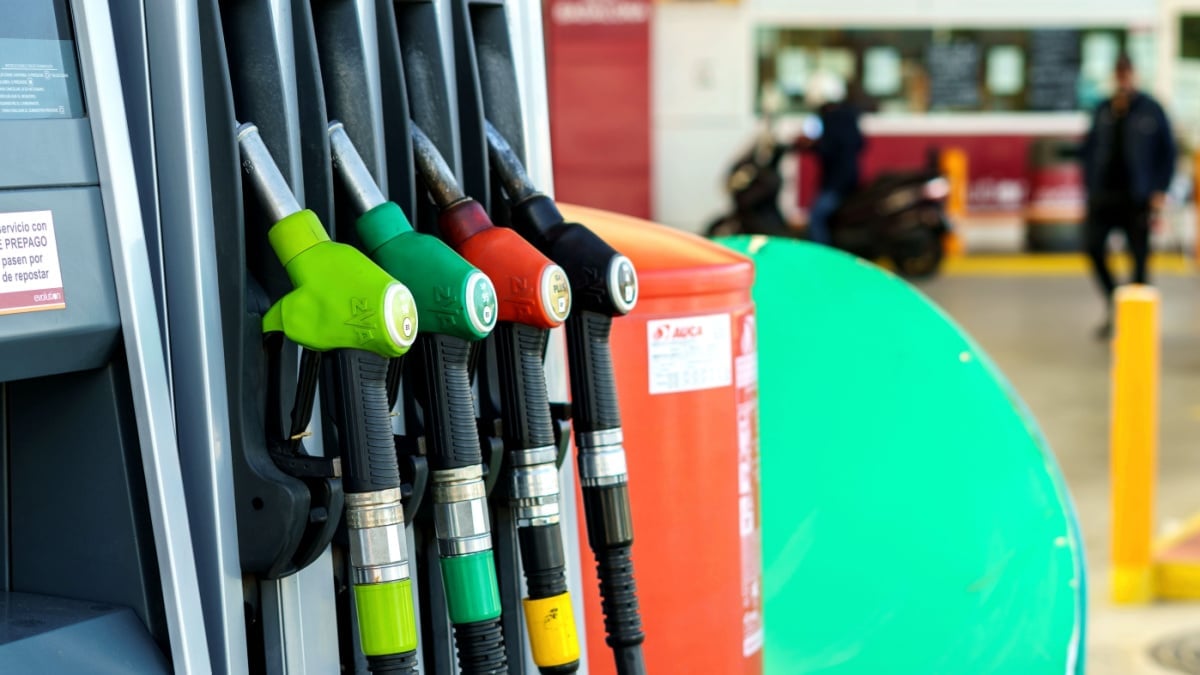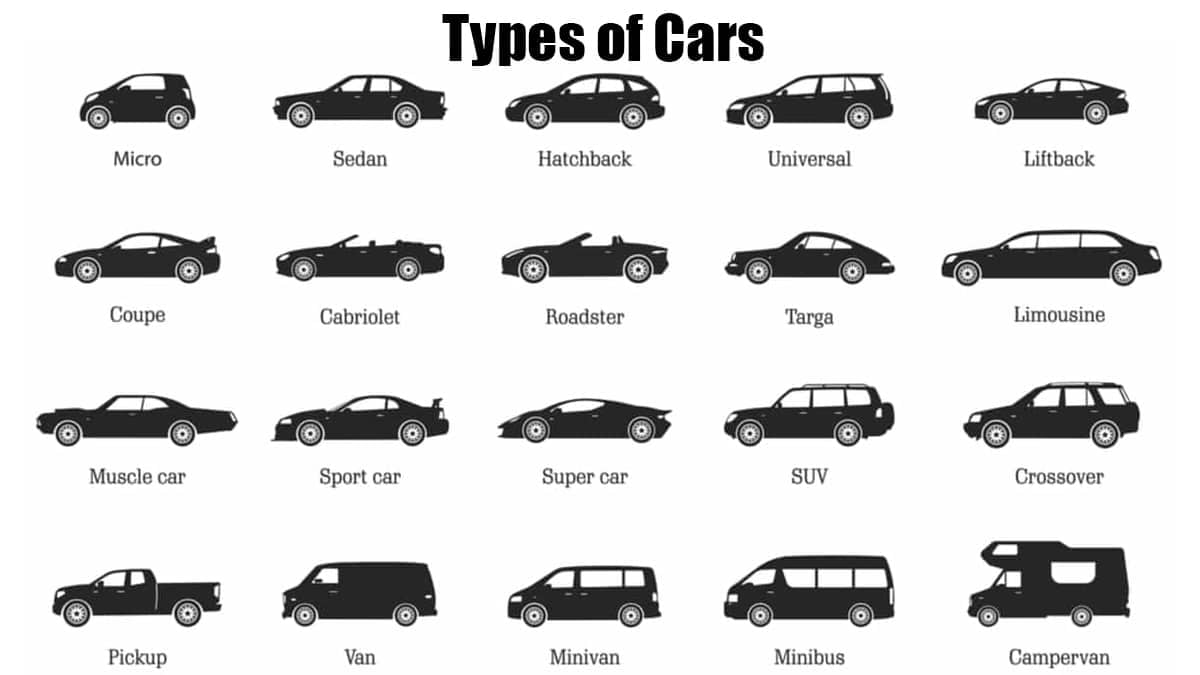Modern car engines have anywhere from 15 to 30 sensors to keep everything running properly. These sensors control everything in the engine for optimal performance. In total, there are over 70 sensors in a modern vehicle throughout the whole car.
But while there are tons of different sensors in your vehicle – and not every vehicle has the same types of sensors – there are plenty that you can find across the board.
Below we’ve highlighted 15 of the most common types of car sensors that you can find in almost any new vehicle. Not only did we highlight what they are, but we also gave each one a brief description and highlighted how they work.
Top 15 Car Sensors
1. Engine Oil Level Sensor

One of the most common sensors in your vehicle is the engine oil level sensor. This sensor measures the oil level in your engine oil pan to ensure that it’s at a safe operating capacity. If you don’t have enough oil, this sensor will cause an oil level warning light on your dashboard.
This sensor is often installed on the bottom of the oil pan, so you need to tap out the engine oil to replace it. This depends on the engine model, though.
2. Engine Oil Pressure Sensor

The engine oil pressure sensor is often quite similar to the oil level sensor, except that it measures the oil pressure after the oil pump. You will often find this sensor located at the engine block, often near the fuel filter.
The engine oil pressure sensor often has some plastic parts that can crack with age, which can cause it to start leaking before it malfunctions. You will mostly notice a bad oil pressure sensor by seeing a red oil pressure light on your dashboard.
RELATED: 3 Symptoms of a Bad Oil Pressure Sensor
3. Coolant Temperature Sensors

Another critical sensor in your engine is the coolant temperature sensor. This sensor monitors your coolant temperature, which is a great way to determine your engine’s overall temperature. If it gets too hot, engine damage can occur.
In some newer car models, the coolant temperature should shut off your engine once it reaches a high enough temperature.
RELATED: 8 Symptoms of a Bad Coolant Temperature Sensor
4. Mass Airflow Sensor
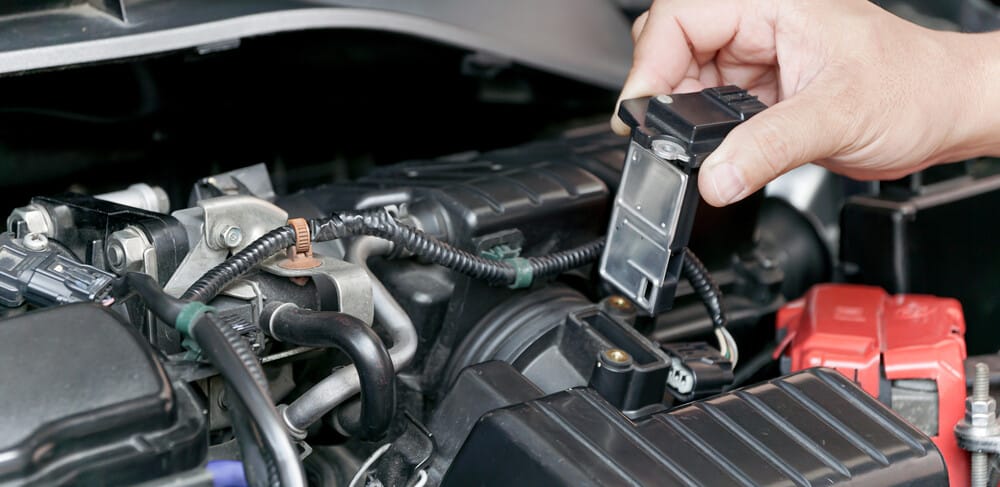
Your vehicle’s engine needs to know how much air is coming in so it can optimize the fuel ratio for maximum performance. Your mass airflow sensor (MAF) measures the amount of air coming through the intake, so it knows how much it’s bringing in.
The MAF sensor is often located on the intake hose between your intake manifold and the air filter box.
RELATED: 8 Symptoms of a Bad MAF Sensor
5. Intake Air Temperature Sensor
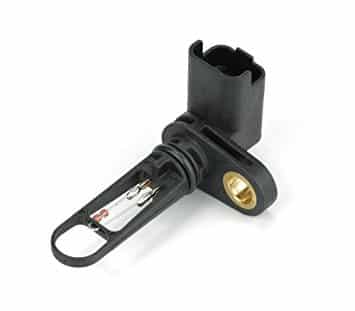
Believe it or not, the air temperature coming into the engine is a critical part of maximizing engine performance. That’s why the intake air temperature sensor (IAT) tells the ECM the air temperature, so it makes adjustments and maximizes performance.
The IAT sensor can either be separated or integrated into the MAF Sensor. Being integrated into the MAF sensor is far more common on newer car models.
RELATED: Intake Air Temperature Sensor (IAT) Symptoms
6. Oxygen Sensors

Oxygen sensors, also known as O2 sensors, measure your air-fuel mixture from the exhaust and the catalytic converter’s effectiveness (CAT). One oxygen sensor measures the air’s makeup before the CAT, and one measures the makeup of the air after the CAT.
If there’s not enough of a drop in emissions, it lets the ECM know that you need to make repairs by showing a check engine light on your dashboard.
RELATED: 5 Symptoms of a Bad Oxygen Sensor (O2)
7. Knock Sensors
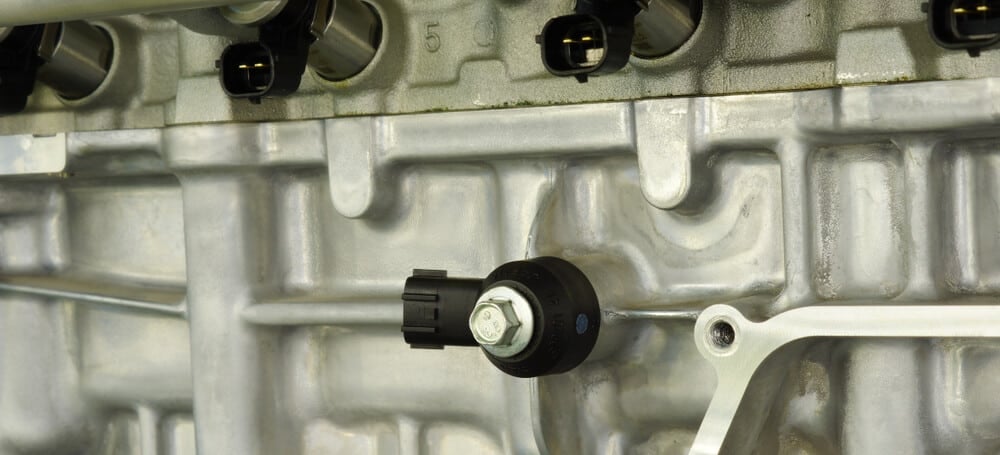
Knock sensors are there to make sure that your engine will not suffer from detonation or so-called knocking. Detonation or knock in a car engine is fatal for the internal parts, resulting in a very costly repair.
This could also be from misfires or broken components, but if your engine’s knock sensor hears something, you have a problem.
RELATED: 5 Symptoms of a Bad Knock Sensor
8. Crankshaft/Camshaft Position Sensors

Engine timing relies on a perfect symphony between the crankshaft and camshaft – and their respective position sensors let the ECM know precisely where each one is at. If those positions don’t line up to what they should be, you need to know as soon as possible.
You do often have one sensor on the camshaft and one on the crankshaft. Some car models only have a crankshaft position sensor, though.
RELATED: 6 Symptoms of a Bad Crankshaft Position Sensor
9. Throttle Position Sensor
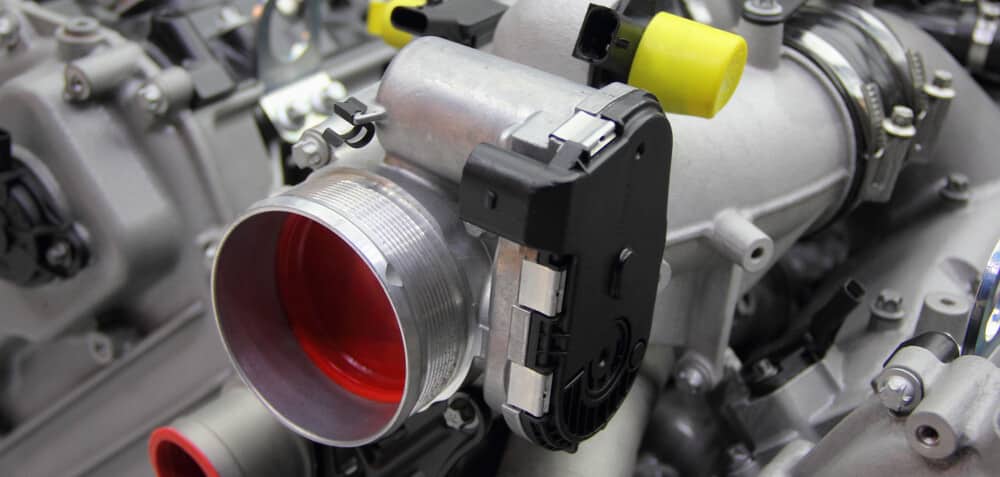
Nowadays, the connection between the accelerator pedal and the throttle body is achieved via electronics instead of with a cable. Therefore, on the throttle body, there is a throttle position sensor to measure the throttle flap’s angle.
The throttle position sensor tells the ECM exactly how open the throttle is. That way, if there’s a problem between the pedal and the throttle, it won’t dump a ton of fuel in and damage the engine because of a sticky throttle.
RELATED: 5 Symptoms of a Bad Throttle Position Sensor (TPS)
10. Manifold Absolute Pressure Sensor
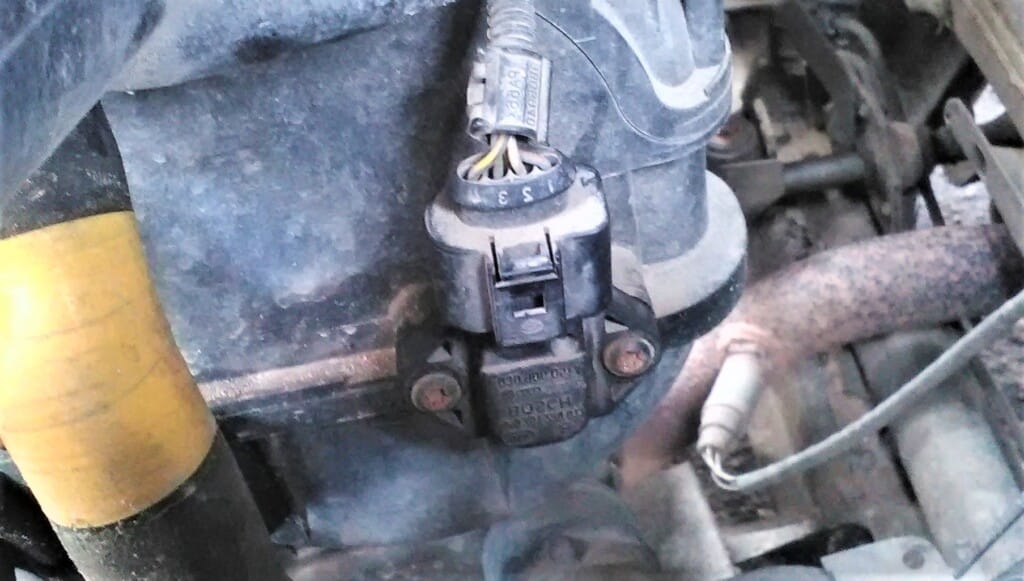
Your manifold absolute pressure sensor (MAP) sensor does exactly what it sounds like it would do – it measures pressure in the manifold. This takes your mass airflow sensor one step further by measuring how much air is actually making it to your engine. This is a critical component in fuel-injected engines, as it optimizes your fuel ratios for the best possible performance.
It also takes the job from the boost pressure sensor and measures the turbo pressure, if your car is equipped with one.
RELATED: 10 Symptoms of a Bad MAP Sensor
11. Fuel Pressure Sensor
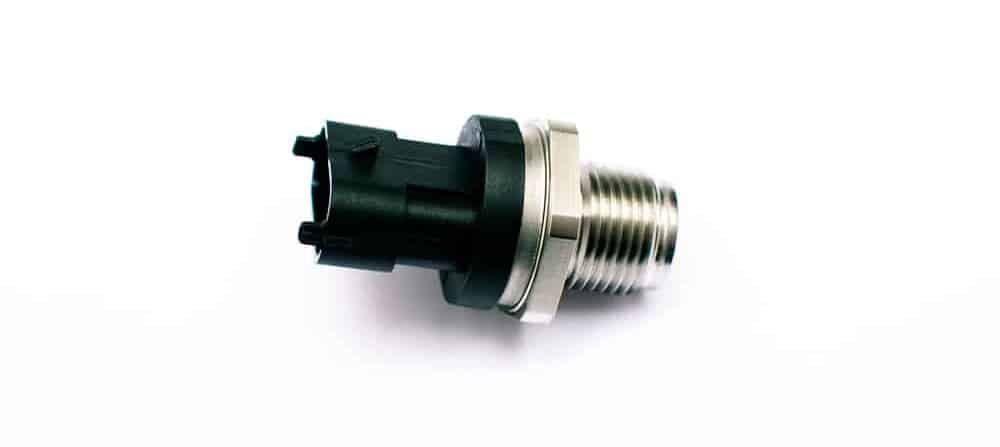
The fuel pressure sensor measures the fuel pressure on your fuel pressure line or at the fuel pressure rail. It is most likely to be mounted on your fuel pressure rail, but sometimes, it can also be mounted on the fuel pressure line. It is critical for the engine control module to measure the fuel pressure. An increase in pressure would result in a richer fuel mixture, and a lower pressure would result in a leaner fuel mixture.
The sensor itself is often quite cheap, but it can be unwieldy to replace it if you are not an experienced mechanic. (A lot of fuel may leak out).
RELATED: 5 Symptoms of a Bad Fuel Rail Pressure Sensor
12. Coolant Level Sensor
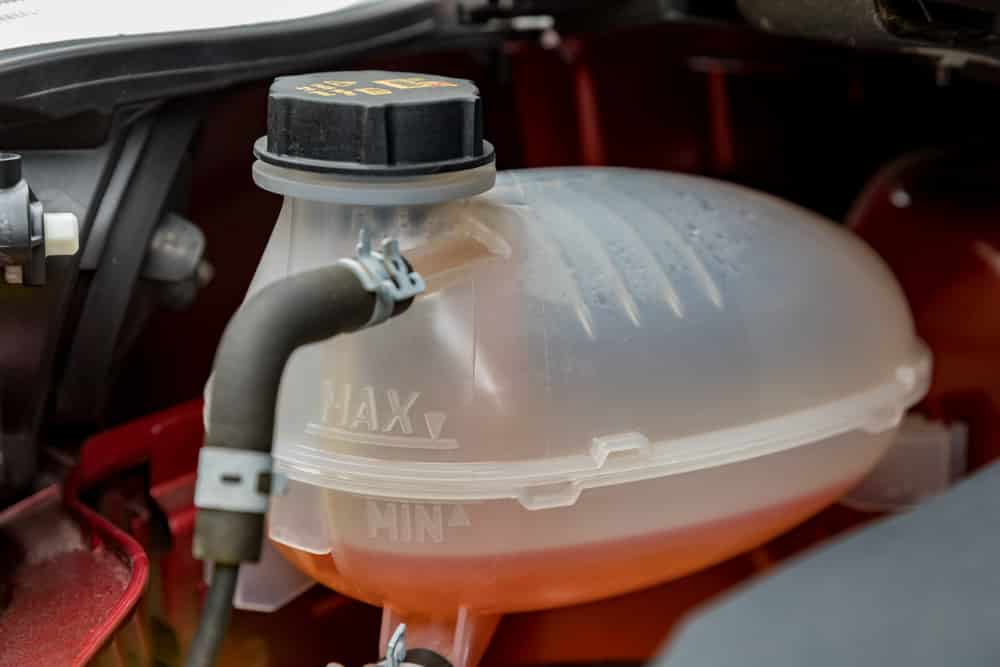
If your vehicle doesn’t have enough coolant, it’s going to overheat. That’s why most vehicles come with a coolant level sensor. That way, you can avoid problems before you hit the road. If your vehicle doesn’t have enough coolant, then the coolant level sensor will light up the check engine light. Sometimes, it will keep you from starting your vehicle.
The coolant level sensor is located on your coolant reservoir.
13. Nox Sensor

The Nox sensor measures the Nox volume in the exhaust gases. This sensor is not installed in many car models. Typically you can find them at Volkswagen, Audi, Seat, and Skoda. The Nox sensor is installed on the exhaust pipe and the control unit under a plastic cover.
Unfortunately, replacing the NOX sensor usually requires replacing the control unit for the sensor as well. The control unit and the sensor are often costly, and the replacement can be a bit tricky because the sensor tends to rust and get stuck.
14. Exhaust temperature sensor
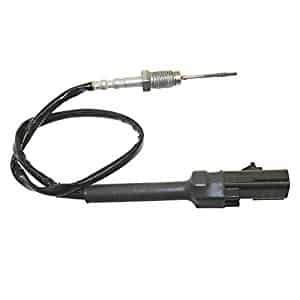
The exhaust temperature sensor is often installed in diesel engines. Its purpose is to measure the exhaust gas temperature before and after the particle filter to optimize particle filter regeneration. Depending on the vehicle engine model, you often have 1 to 4 exhaust gas temperature sensors.
The sensors are installed on the exhaust pipe and the exhaust manifold, and sometimes also on the turbocharger. The sensors are often quite expensive, and can be difficult to reach and replace; they often rust and get stuck.
15. Boost pressure sensor
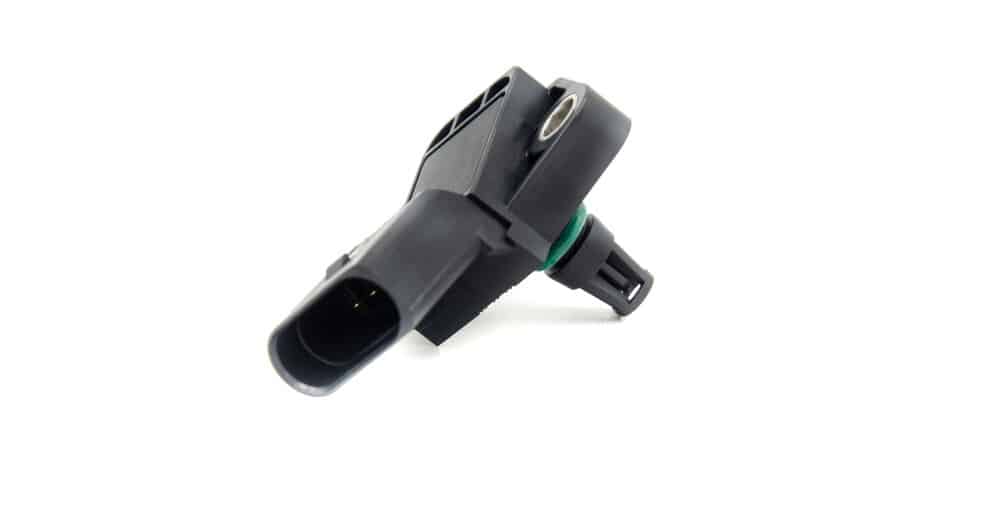
The boost pressure sensor measures the boost pressure in the intake boost pipes. You will only have this sensor if your car is equipped with a turbo or supercharger.
The boost pressure sensors are often cheap and can be easily replaced on most car models. They can be difficult to access in some car models if they are mounted on the intake manifold.
How many sensors are in a car engine?
There are around 15-30 sensors in a modern car engine if you don’t include the solenoids. You can find over 70 sensors in a modern car if you count every sensor in the whole car.
Summary
While this list isn’t nearly all-exhaustive of all the different sensors you can find in a vehicle, these are some of the most common, and the most likely ones that you’ll run into problems with.
But just remember that while these sensors might give you a few headaches from time to time, they’re preventing even more significant problems from cropping up and destroying your engine! Here is a video of most car sensors.
Categories: Engine
